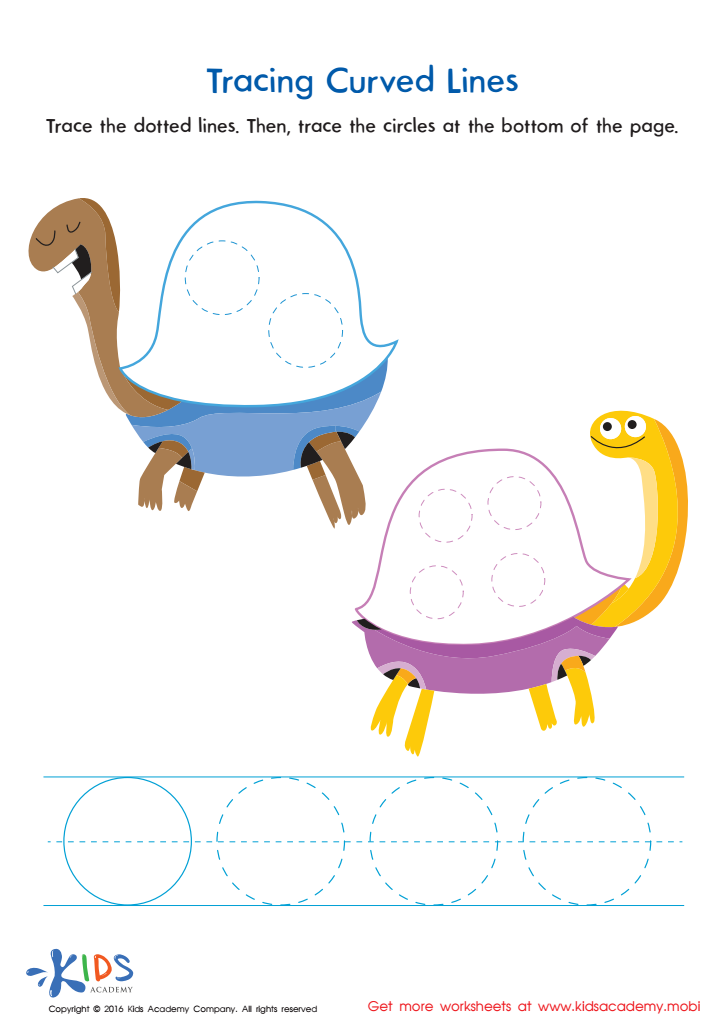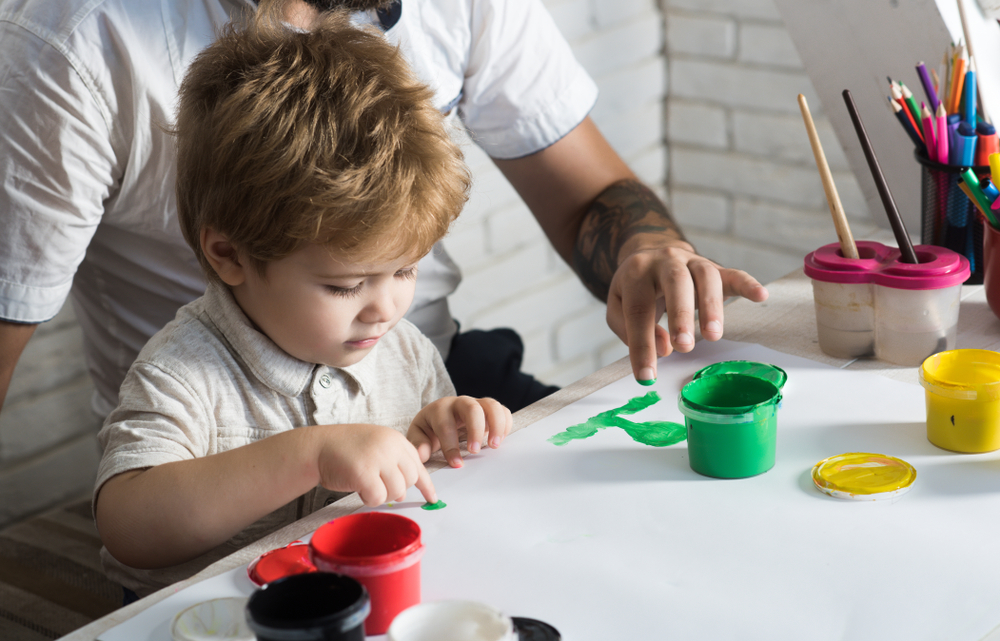Normal Tracing Lines and Curves worksheets activities for Ages 3-7
5 filtered results
-
From - To
Welcome to our "Normal Tracing Lines and Curves Worksheets" designed specifically for children aged 3-7! These engaging activities help young learners develop essential fine motor skills and hand-eye coordination through fun tracing exercises. Our worksheets feature a variety of normal lines and curves, providing a foundational practice that promotes confidence in writing. Each sheet is colorful and enticing to captivate the attention of early learners. Perfect for both home and classroom settings, these tracing activities are a great way to support preschool and kindergarten readiness. Download now to inspire creativity and boost your child’s learning journey in a playful way!
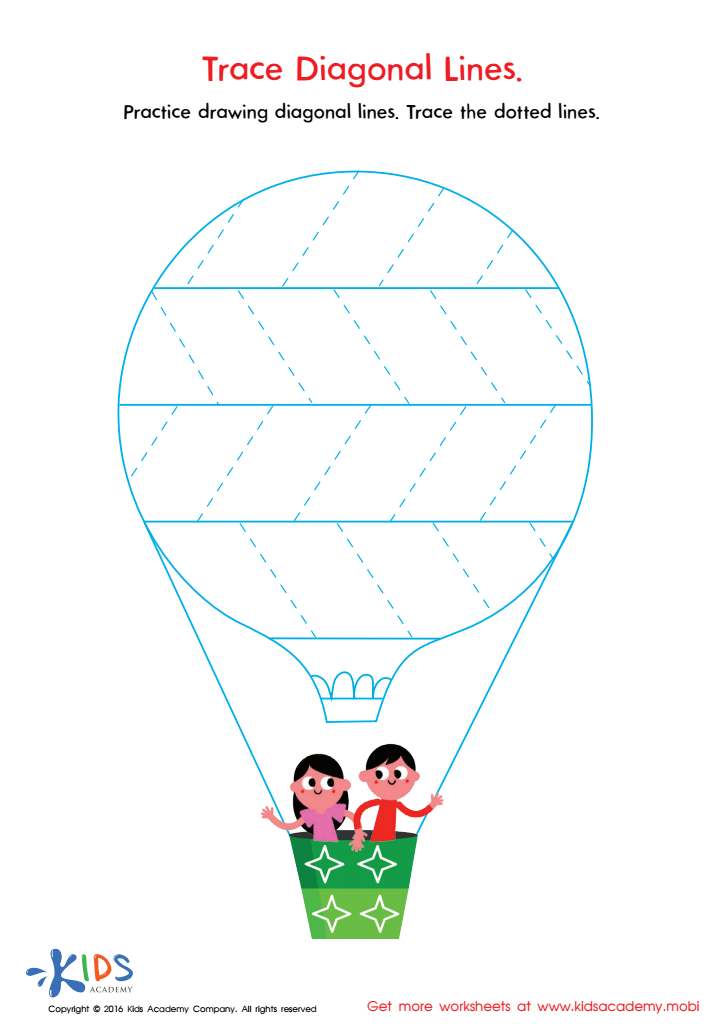

Trace Diagonal Lines Worksheet
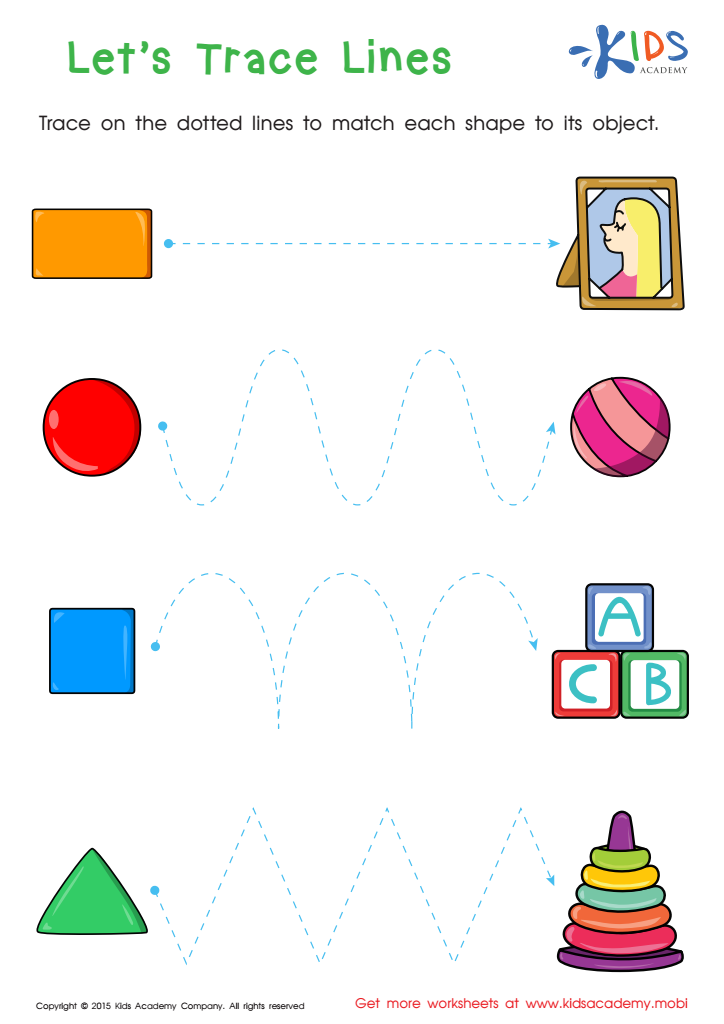

First Words: Let's Trace Lines Worksheet
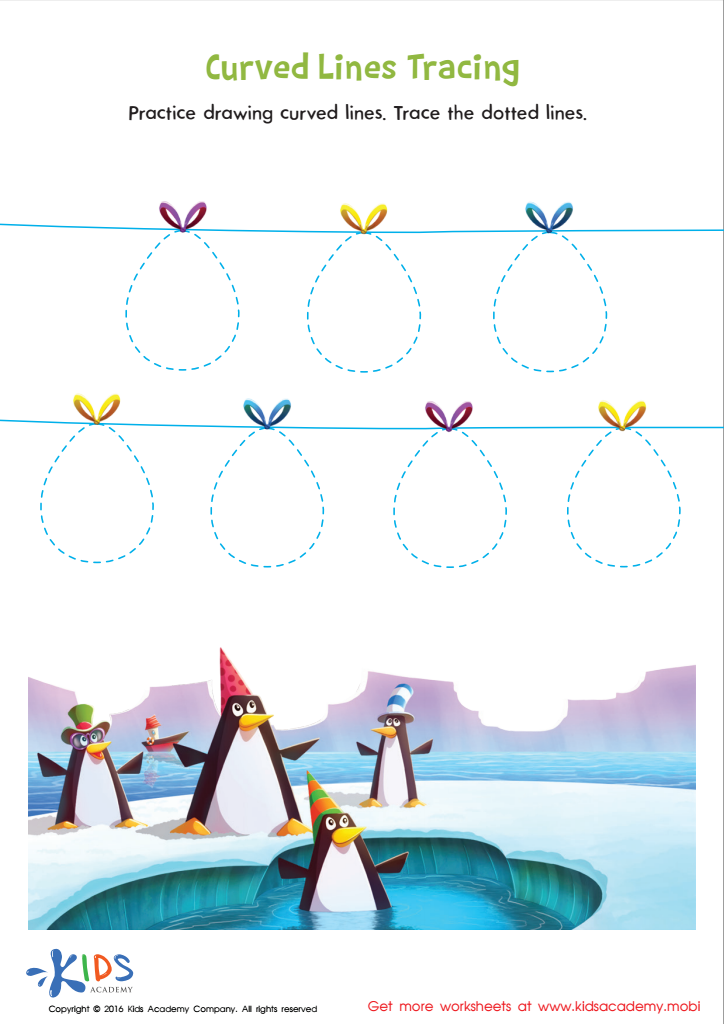

Curved Lines Tracing Worksheet
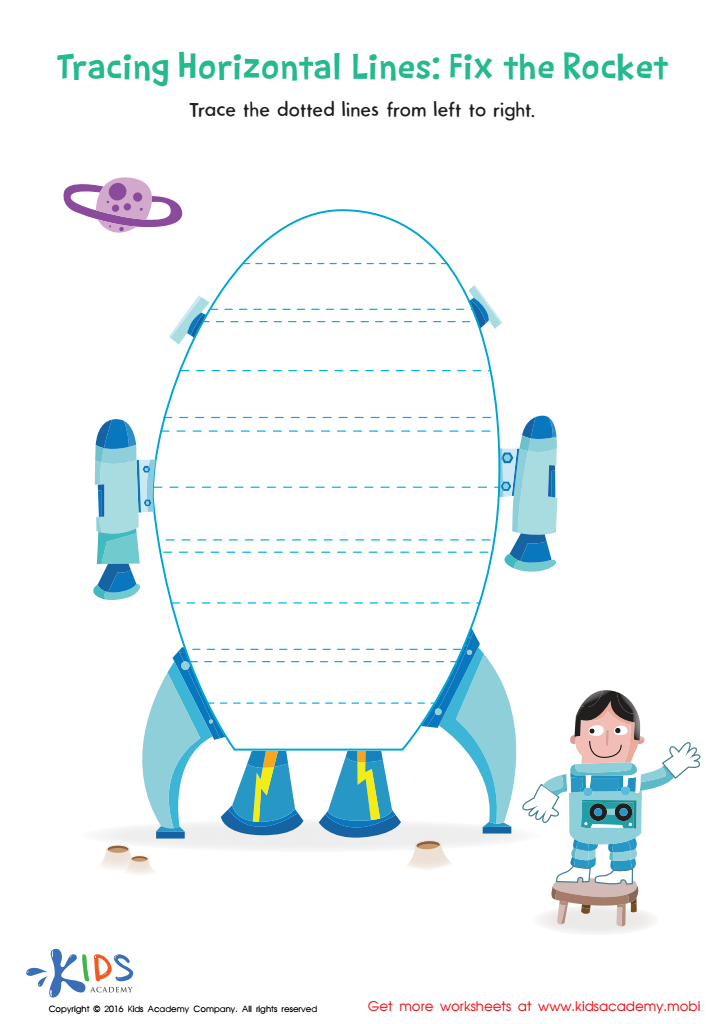

Tracing Horizontal Lines Worksheet
Normal tracing lines and curves activities for children aged 3-7 are crucial for developing foundational skills that support their overall learning journey. These activities enhance fine motor skills, enabling young learners to gain better control over their hand movements. As children engage in tracing, they strengthen the small muscles in their hands and fingers, which are essential for tasks such as writing and using scissors.
Additionally, tracing lines and curves fosters spatial awareness and improves hand-eye coordination, both of which are fundamental for a child’s cognitive development. These skills are vital as they relate to mathematics, literacy, and more complex motor tasks encountered during school years.
Furthermore, these tracing exercises promote concentration and focus; children learn the importance of precision and attention to detail, laying the groundwork for academic success. They also offer opportunities for creativity as children move beyond simple lines into more intricate shapes and designs.
Finally, tracing can be a calming and enjoyable activity, making it a perfect addition to early childhood learning environments. By prioritizing tracing activities, parents and teachers can support their children’s growth holistically, equipping them with essential skills for future learning, creativity, and life.

 Assign to My Students
Assign to My Students
